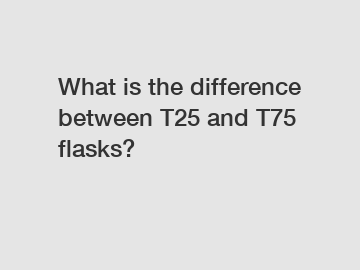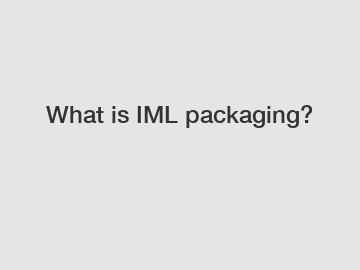Is Sublimation Paper the Same as Heat Transfer Paper?
In the realm of garment printing and crafting, confusion often arises between sublimation paper and heat transfer paper. While both are vital tools in the process of transferring designs onto various surfaces, they serve distinct purposes and possess unique characteristics. Understanding the disparities between these two types of paper is crucial for achieving optimal results in your printing endeavors.

Sublimation Paper: Unveiling its Essence
Sublimation paper is a specialized medium used primarily in sublimation printing—a technique that involves transferring dye onto materials such as fabrics, ceramics, and metals through a process of sublimation. Sublimation occurs when a solid substance transitions directly into a gas without passing through the liquid phase. In sublimation printing, heat and pressure are applied to sublimation paper, causing the solid dye particles to sublimate and bond with the surface of the substrate.
The key characteristic of sublimation paper is its unique coating, which is formulated to hold the sublimation ink in place during the transfer process. This coating is essential for ensuring that the ink remains vibrant and accurately reproduces the desired design onto the substrate. Sublimation paper is typically engineered to withstand the high temperatures and pressures required for sublimation printing, ensuring consistent and high-quality results.
Heat Transfer Paper: Unraveling its Functionality
Contrary to sublimation paper, heat transfer paper operates on a different principle of image transfer. Heat transfer paper is specifically designed for use with inkjet or laser printers and facilitates the transfer of images onto fabrics through a heat press. Unlike sublimation printing, which relies on the sublimation of dye particles, heat transfer paper utilizes a heat-sensitive adhesive coating that melts when exposed to heat, thereby adhering the printed design to the fabric.
The distinguishing feature of heat transfer paper lies in its versatility and compatibility with a wide range of fabrics, including cotton, polyester, and blends. This flexibility makes heat transfer paper an ideal choice for creating custom apparel, promotional items, and personalized gifts with intricate designs and vibrant colors.
Additional reading:Borosilicate Glass: The Ultimate Solution to Prevent Glass Shattering? Discover Advantages & Popular Uses!
Which is Truly Better: Paperback or Hardcover?
Which Silicone Umbrella Valve Design Reigns Supreme?
The Ultimate Guide to Popcorn Packaging Bags
Static-Free Solutions: How Anti-Static Protective Tape Safeguards Electronics?
Different uses of cosmetic glass bottles
Is sublimation cost effective?
Distinguishing Between the Two
While both sublimation paper and heat transfer paper are used in the process of transferring designs onto various substrates, they differ significantly in terms of their underlying mechanisms, applications, and compatibility with different materials. Understanding these differences is essential for selecting the appropriate medium for your specific printing needs.
Sublimation paper is best suited for sublimation transfer paper applications, where vibrant, long-lasting colors and intricate designs are desired. It is compatible with materials such as polyester fabrics, ceramics, and metals, making it ideal for creating personalized apparel, accessories, and promotional items.
On the other hand, heat transfer paper is preferred for transferring designs onto fabrics using a heat press. Its adhesive coating enables it to bond effectively with a wide range of fabrics, including cotton, polyester, and blends, allowing for the creation of custom garments, accessories, and decorative items.
Conclusion: Making an Informed Choice
In conclusion, while sublimation paper and heat transfer paper serve similar purposes in facilitating the transfer of designs onto various substrates, they are distinct in their composition, functionality, and application. By understanding the differences between these two types of paper, you can make informed decisions regarding which medium best suits your printing needs and achieve optimal results in your crafting and garment printing endeavors.
Additional reading:How do you personalize product packaging?
What is the best container to store ice cream?
Unveiling the Unmatched Advantages of Corrugated Boxes
Revolutionize Packaging: Unleashing the Benefits of Oral Liquid Glass Vials
Which Children's Comic Book Printing Method is Eco-Friendly?
The Ultimate Guide to Silicone Valves in Brazil: Answers to Your Burning Questions!
Bopp Film: A Game-Changer for Sustainable Packaging?
119
0
0
Related Articles
-
134
0
0
-
59
0
0
-
54
0
0
-
78
0
0
-
55
0
0
-
Which Popcorn Packaging Bag Reigns Supreme: Greaseproof or Microwave-friendly?
Which Popcorn Packaging Bag Reigns Supreme: Greaseproof or Microwave-friendly?
137
0
0
-
183
0
0
-
47
0
0










Comments
All Comments (0)